Upon my arrival in New Zealand on 13 January, the first cow of the 500 autumn-calving mob calved and this set the pace for what was to be a busy initial eight weeks at Kolmar Dairies.
Calving is not just a seasonal once-off affair but occurs three times a year at Kolmar Dairies with cows calving in spring, autumn and for the first time this year, cows will calve again in summer. Calving occurs this often to overcome any potential pressure on fertility that may result because of the high-yielding capacity of the cows on the farm.
The period for which cows are carried over is dependent on their level of production. All cows producing over 18 litres are kept in the milking herd until their production declines below 18 litres. Once below 18 litres, cows that are in calf are dried off, while cows that are not in calf are culled. Incidence of mastitis and lameness also dictate which cows are to be culled.

Roisin Horan and Michelle Ward on Kolmar Dairies.
In spring, 80% of the herd calve and have an average calving interval of 380 days. The remaining 20% are carried over to calve in autumn, with an average calving interval of 420 days. Between 21 and 30 days after calving, cows are then metrichecked, a procedure to identify cows that have endometritis.
While 40 days after calving, mating begins. All cows are tail-painted and heat detection patches are applied. When working with such large numbers, the use of two heat detection methods is essential for optimal heat detection.
After 23 days of the patches and tail paint, cows that haven’t cycled are drafted out and checked by the vet. The vet then decides on the best option for the animal, whether it is the use of a CIDR programme or PG injection to kickstart the cow’s cycle.
Aims for this mating season
Mating season consists of five weeks’ AI, followed by five weeks with the bull. Prior to mating, the bottom 10% of the herd is pre-selected and bred with the bull. As Hereford bulls are used on the farm, replacement heifers are only kept from cows that have been artificially inseminated.
All replacement heifers are reared on the farm under the watchful eye of our calf-rearer until weaning. Once weaned, replacement heifers are reared on an out-farm and return to the farm at 24 months to calve down and join the milking herd.

This mating season, the aim is to drop 50kg liveweight per animal by breeding the American-Holstein Jersey cross presently on the farm with Norwegian Red.
While also gaining attributes such as improved health, fertility and milk solids associated with Norwegian Reds, Kolmar Dairies hopes to address lameness issues commonly associated with heavier Holstein animals and furthermore improve feed conversion efficiency, making it easier for animals to achieve over 100% of her body weight in milk solids.
Read more
Student blog: efficient use of grass on a New Zealand farm
Read more student blogs
Upon my arrival in New Zealand on 13 January, the first cow of the 500 autumn-calving mob calved and this set the pace for what was to be a busy initial eight weeks at Kolmar Dairies.
Calving is not just a seasonal once-off affair but occurs three times a year at Kolmar Dairies with cows calving in spring, autumn and for the first time this year, cows will calve again in summer. Calving occurs this often to overcome any potential pressure on fertility that may result because of the high-yielding capacity of the cows on the farm.
The period for which cows are carried over is dependent on their level of production. All cows producing over 18 litres are kept in the milking herd until their production declines below 18 litres. Once below 18 litres, cows that are in calf are dried off, while cows that are not in calf are culled. Incidence of mastitis and lameness also dictate which cows are to be culled.

Roisin Horan and Michelle Ward on Kolmar Dairies.
In spring, 80% of the herd calve and have an average calving interval of 380 days. The remaining 20% are carried over to calve in autumn, with an average calving interval of 420 days. Between 21 and 30 days after calving, cows are then metrichecked, a procedure to identify cows that have endometritis.
While 40 days after calving, mating begins. All cows are tail-painted and heat detection patches are applied. When working with such large numbers, the use of two heat detection methods is essential for optimal heat detection.
After 23 days of the patches and tail paint, cows that haven’t cycled are drafted out and checked by the vet. The vet then decides on the best option for the animal, whether it is the use of a CIDR programme or PG injection to kickstart the cow’s cycle.
Aims for this mating season
Mating season consists of five weeks’ AI, followed by five weeks with the bull. Prior to mating, the bottom 10% of the herd is pre-selected and bred with the bull. As Hereford bulls are used on the farm, replacement heifers are only kept from cows that have been artificially inseminated.
All replacement heifers are reared on the farm under the watchful eye of our calf-rearer until weaning. Once weaned, replacement heifers are reared on an out-farm and return to the farm at 24 months to calve down and join the milking herd.

This mating season, the aim is to drop 50kg liveweight per animal by breeding the American-Holstein Jersey cross presently on the farm with Norwegian Red.
While also gaining attributes such as improved health, fertility and milk solids associated with Norwegian Reds, Kolmar Dairies hopes to address lameness issues commonly associated with heavier Holstein animals and furthermore improve feed conversion efficiency, making it easier for animals to achieve over 100% of her body weight in milk solids.
Read more
Student blog: efficient use of grass on a New Zealand farm
Read more student blogs










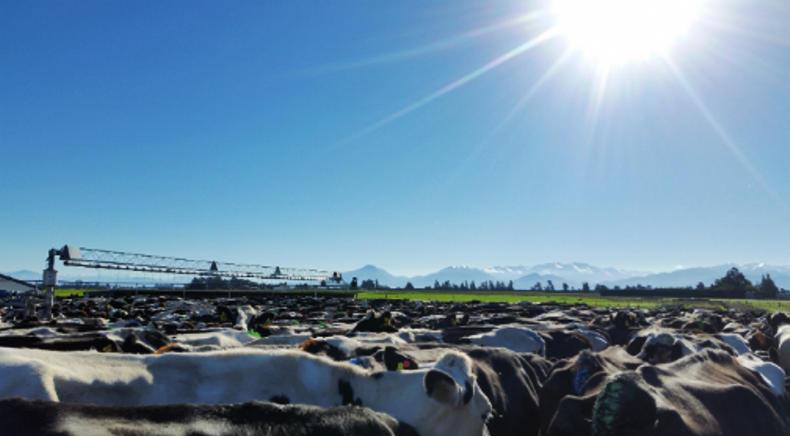
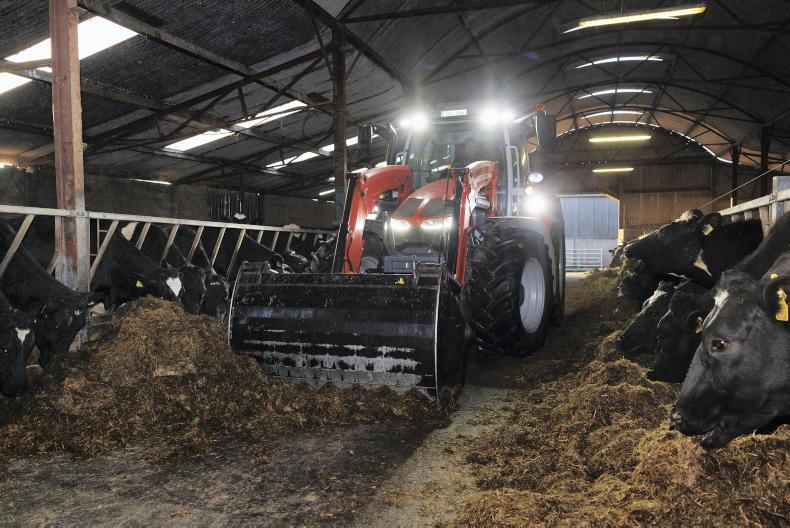
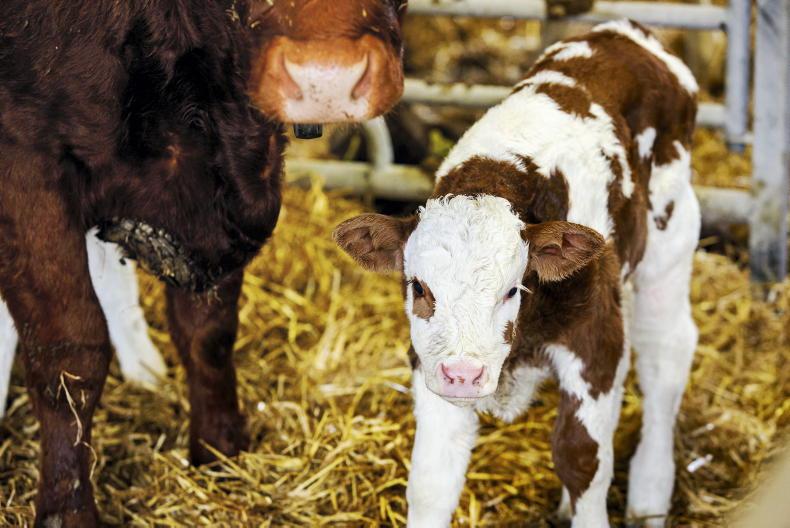
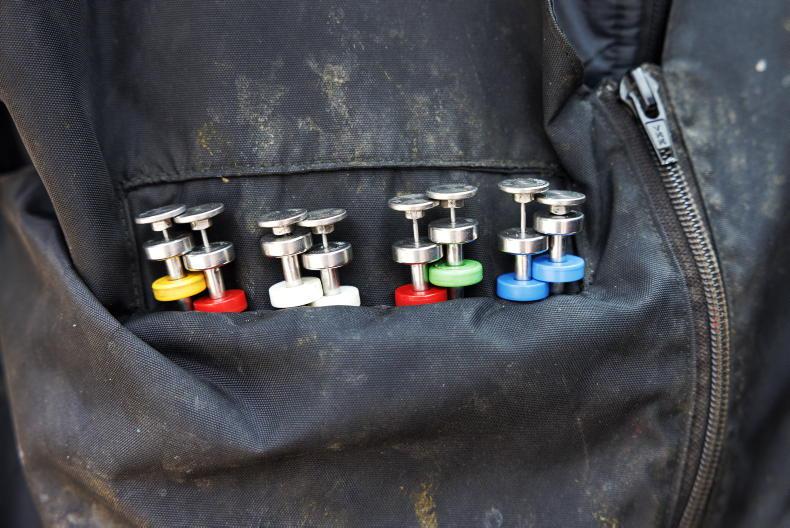
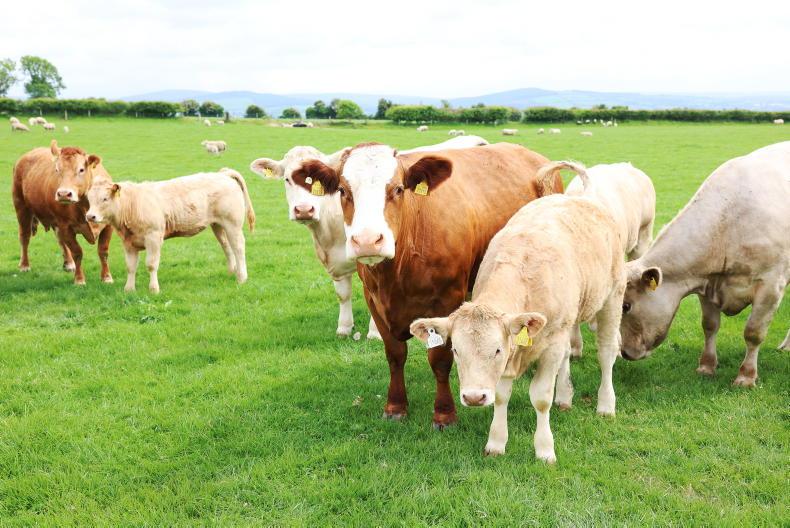
SHARING OPTIONS